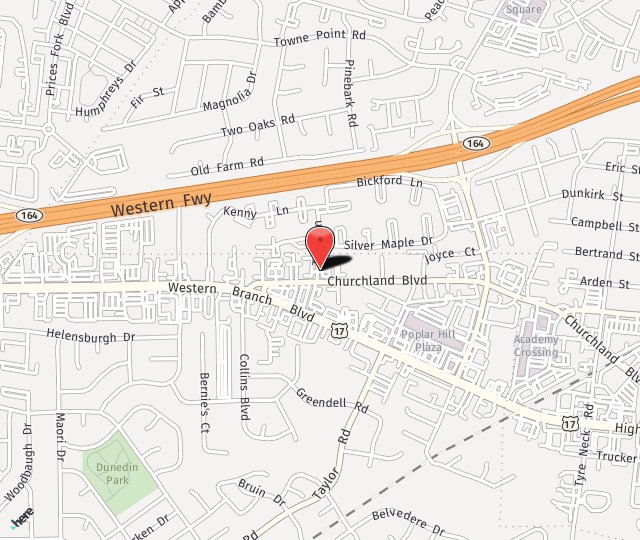A tear duct obstruction, also known as dacryostenosis or nasolacrimal duct obstruction, is a common condition that affects more than five percent of all infants and is present at birth. Tears usually drain through small openings in the corners of the eyelids, known as puncta, and enter the nose through the nasolacrimal duct.
What Is A Tear Duct Obstruction?
When an obstruction exists, tears cannot properly drain from the eyes and may well up on the surface of the eye and overflow on the eyelashes and eyelids. The eyelids may also become red and swollen with yellow or green discharge.
Many infants are born with nasolacrimal duct obstruction. The tear drainage system may not be fully developed or there may be an abnormality in the tear duct. A thin membrane often remains over the opening that empties into the nose in congenitally blocked tear ducts. Although more common in infants, nasolacrimal duct obstruction may also occur in adults and may be caused by infection, inury or a tumor.
Symptoms Of A Tear Duct Obstruction
A blockage of the tear duct may be characterized by the following symptoms:
- Increase in the amount of tears
- Discharge
- Eyelids or eyelashes that are crusty
- Recurring eye infections
Swelling near the inside corner of the eye may also occur.
What Are The Causes Of Tear Duct Obstruction?
While a blocked tear duct usually affects newborns, this condition can also occur in adulthood. The causes that could lead to blockage include the natural narrowing of the puncta, the openings that allow tears to drain from the eye, infection, or injury to the eye. It doesn't take a significant injury to create an obstruction. A tear duct could become blocked by a speck of dust. Finally, a tear duct can be blocked by a tumor within its vicinity, including in the nose.
What Happens If Tear Duct Obstruction Is Left Untreated?
When a blocked tear duct is not properly treated, meaning that the obstruction is eliminated and the tears can drain from the eye, there is a risk of infection. Infection could occur in the lacrimal sac itself or elsewhere, such as the conjunctiva of the eye. There is also a slight risk of cellulitis, a bacterial skin infection that could spread away from its origin.
Who Is At Risk Of Developing Tear Duct Obstruction?
Newborns are most commonly affected by blocked tear ducts. In this situation, the problem usually resolves without clinical intervention. In adulthood, factors such as uveitis or other chronic eye inflammation or glaucoma increase the risk of developing tear duct obstruction. Adults who have previously received chemotherapy or radiation therapy or have had sinus or eye surgery also have an elevated risk of developing a blocked tear duct.
How Is It Diagnosed?
Your ophthalmologist may be able to diagnose a blocked tear duct just by reviewing your symptoms and performing an examination of the eyes. To confirm the suspected diagnosis, they may perform a tear drainage test. This painless test observes eye drainage by placing a drop of colored tear solution into each eye. Usually, only one tear duct gets blocked. If the colored eye drop drains from one eye and not the other, it could indicate a tear duct obstruction. Further tests may be done to find the obstruction that needs to be cleared.
How Does The Tear Drainage System Work?
Your eyes have a sophisticated tear system that includes tear production as well as drainage. Tears are made in the lacrimal glands and are spread across the surface of the eyes when you blink. At the inner corner of your eyes are what are called puncta. These are small openings through which the tear film drains out of the eyes. The punctal openings usher tears to the nasolacrimal ducts, also known as the tear ducts, that connect the facial bones and the nose. Tears naturally drain into the back of the nose, where they get absorbed.
Is Tear Duct Obstruction Dangerous?
Having a tear duct obstruction should not be a major problem for your health. However, it is important to receive proper care for this condition. If not resolved, the obstruction could lead to a localized or systemic infection. In those cases, a course of antibiotics may be all that is necessary to treat the secondary issue.
How Are Tear Duct Obstructions Treated?
While most nasolacrimal duct obstructions clear on their own during the first year of life, certain measures can be taken to ensure that the eye is kept clean and free of infection, such as a tear duct massage performed three times a day or antibiotic eye drops to relieve discharge. If an obstruction does not clear up by the time the child is a year old, surgery may be recommended to relieve the obstruction. Your doctor will discuss when surgery is needed.
What To Expect During Surgery
This procedure involves passing a soft probe through the tear duct and into the nose to open any obstruction within the path.
How Long Does Surgery Take?
The procedure takes about 10 minutes to perform. For adults, the blockage will need to be treated with surgery to clear the obstruction of the duct.
Southside Eye Care proudly serves Chesapeake, Norfolk, Portsmouth, Suffolk and Virginia Beach Virginia as well as the surrounding areas. For more information on Tear Duct Obstruction call us at 757-484-0101 today or fill out our contact form for more information.

